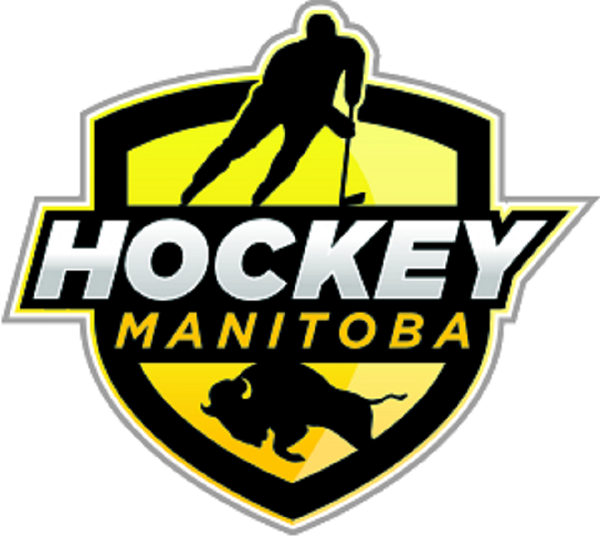As fall approaches, hockey families are looking to get back to the game. Just like everything else affected by COVID-19 there will be some adjustments required for players involved in all levels of the sport.

Hockey Manitoba Executive Director Peter Woods says he received official notification last week from Sport Manitoba and provincial health authorities that approval had been given to Phase Two of the three-phase Return-to-Play document.
That basically gives branches and programs the green light to begin preparation for training or selection camps as well as practices. Woods says the majority of teams will hit the ice following the September long weekend, but seven or eight programs have already asked for the required special permission from Hockey Manitoba to hold their camps immediately because the provincial sanctioning period doesn’t officially begin until Sept. 1.
Woods says additional conversations have taken place with Sport Manitoba and provincial representatives who had been in consultation with the health authorities, and the message those two groups have delivered is that Hockey Manitoba has been delegated the authority to implement what is considered to be the best method on how players, coaches, trainers, and officials can return to a safe environment, in keeping with existing regulations established by the provincial government.
“The key is what the health authorities are looking for,” said Woods.
“How are you going to mitigate and lessen the risk for players who are participating in your program in regards to social distancing and hygiene, and how are you going to manage that appropriately?”

Hockey is a contact sport, so one of the many challenges will be navigating Public Health’s definition of contact, which is the amount of time one individual is in the presence of another.
Woods says it has helped that the provincial guidelines have extended the previous limit of 10 minutes to 15. But that is based on an accumulated total over the course of that particular game, so there’s definitely some stickhandling to do, especially when it comes to sitting next to a teammate on the bench.

Get breaking National news
“These are some of the challenges that we’re going to ask our members for how to manage those aspects of the game,” said Woods. “Many branches would consider teammates on the bench to be cohorts or people in the bubble, and that might be an exclusion.”
Woods says smaller rosters that would allow for more spacing between teammates is another option, but any and all ideas on how to overcome these hurdles while maintaining safety as a priority will be a work in progress. Things like players getting dressed and undressed at home, using double dressing rooms or putting skates on in shifts are about to become the new normal.
Younger age groups will be expected to arrive just 30 minutes before a game, and leave as quickly as possible afterward to reduce congestion at the arena or facility. Woods says additional arrival time will be granted to older and elite athletes or programs. “In most of those U18 or Junior programs they would have a warm-up, probably about a half-hour before the actual game. So if you have a 7:30 p.m. start, and a warm-up at 7 p.m., we’d allow them to arrive 45 minutes before they’d take to the ice.”
Considering many of those teams and players get to the rink two hours in advance, it is going to be a major change, but Woods says there has to be recognition that what was business as usual last February will no longer apply in 2020, and beyond, for the foreseeable future.
“We want to ensure the game closely resembles what it was in the past, provided we have those safety measures put into place.”
Staggering the start times of games has also been discussed, but where that doesn’t become the cure-all is when games are being played at multi-use facilities that include the likes of ringette players, figure skaters, Rec or sledge hockey, and instructional programs. Woods says those situations will definitely require the need for all the various stakeholders to work collectively with their respective facilities.
And for at least the next two-plus months, there won’t be minor hockey tournaments or events, as per a recommendation from the government and health authorities. Woods says the board of Hockey Manitoba was already anticipating that. “We’d already made a decision that for larger gatherings, we have suspended tournament play or travel permits until Nov. 1. We’ll still be in Phase Two of our Return-to-Play document until the end of September, so the earliest we’d be returning to competitive hockey would be sometime in October.”
Woods says a template has been put together that will be circulated to Hockey Manitoba members, who will need to sign off on the requirements and checklist they’ll need to be following religiously. They’ll also need to advise Hockey Manitoba of any things they’ll be introducing on a branch basis that goes above and beyond what is contained in the provincial document.
“We said all along that safety is not an area that we were willing to compromise on, and that we would always put the safety of our members at the forefront of any Return-to-Play policy or document,” said Woods. “That is something we are focusing on. That is something we think is very important, certainly for our membership, and anyone new to the game. We have to make sure that they feel comfortable participating in a safe and healthy environment, and I think we’ve done that with this document.”













Comments